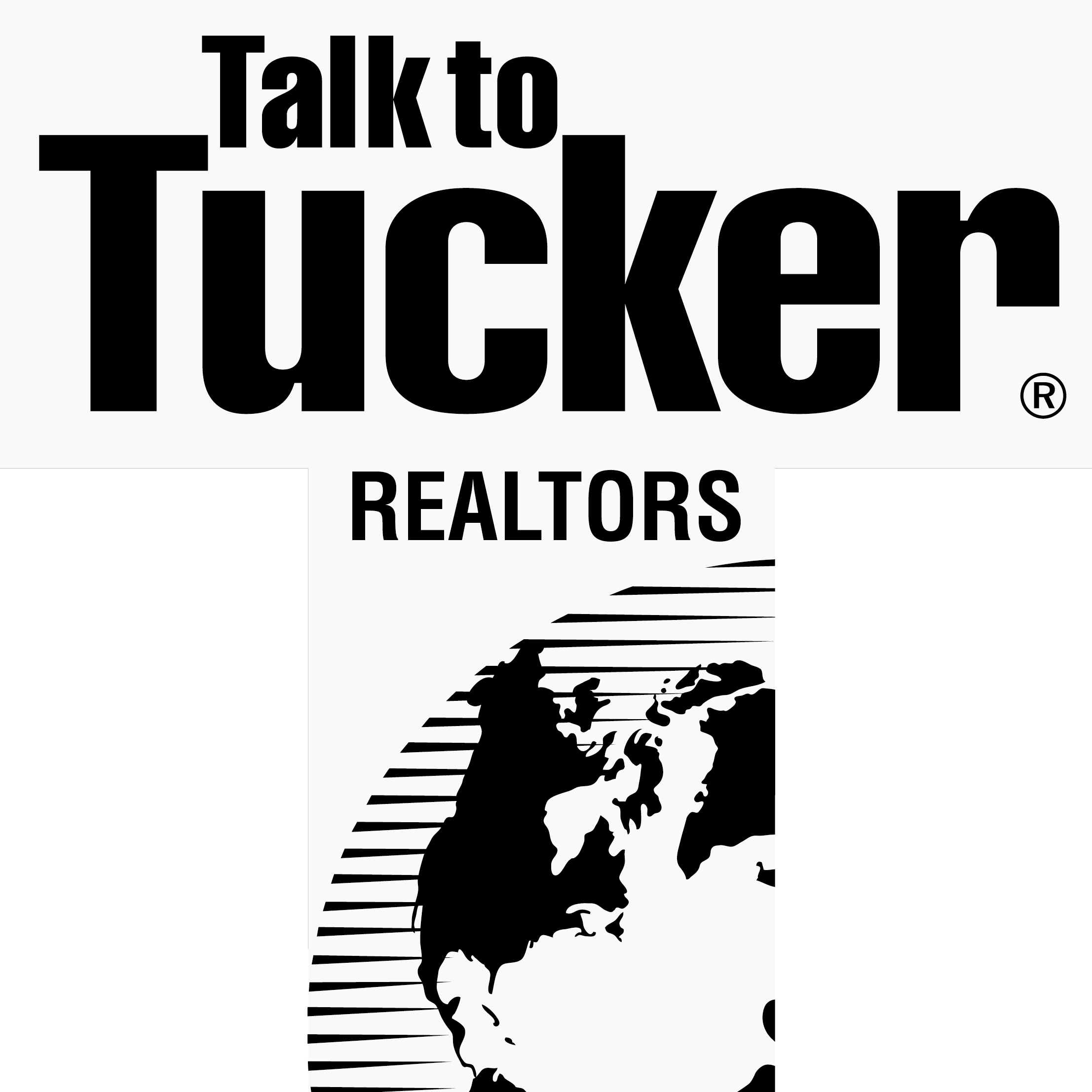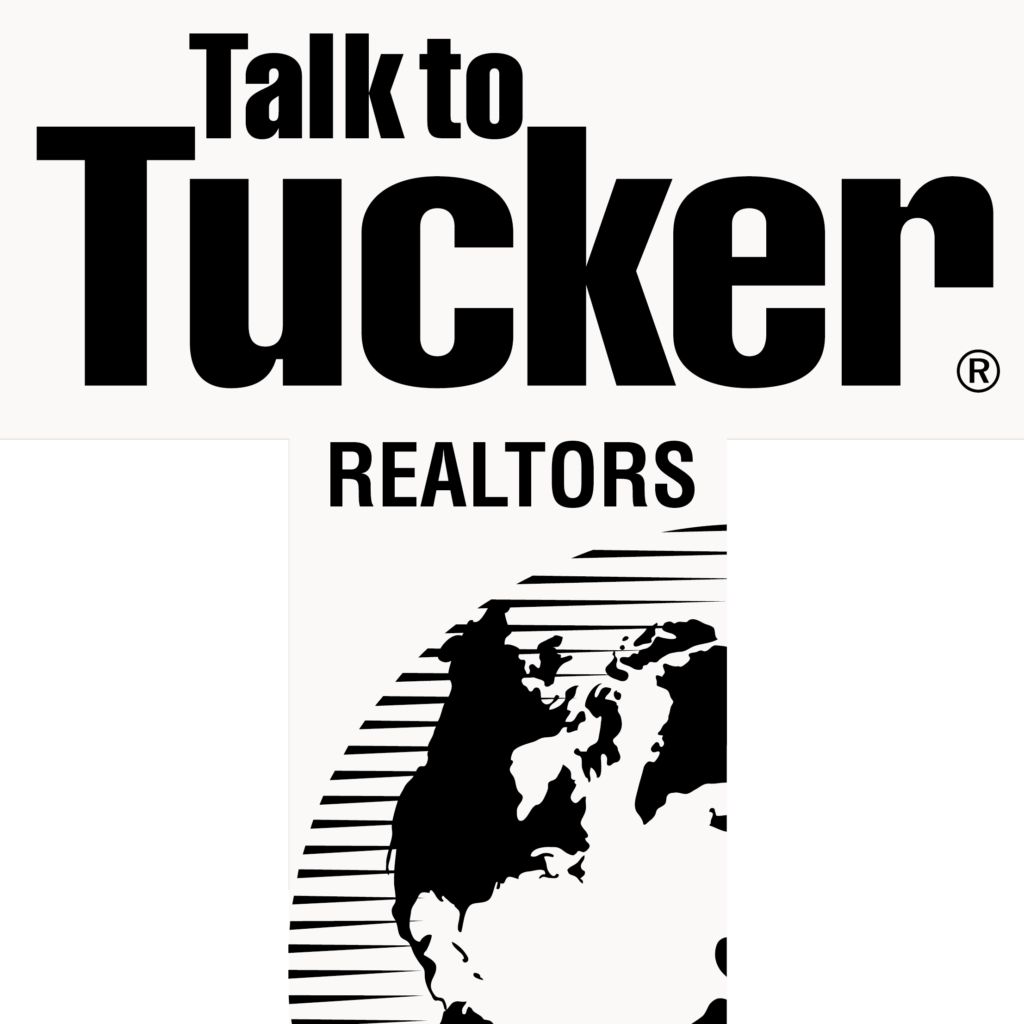When considering an investment in commercial real estate, one of the most crucial steps is performing financial due diligence. Just like a routine health check-up ensures your body is in good shape, financial due diligence reveals the true “health” of a property before you commit to purchasing it. This process helps you uncover potential risks, verify financial claims, and ultimately decide whether the property is a solid investment. But what exactly should you be looking for, and how do you know when a property is financially sound?

Here’s a step-by-step guide to help you assess the financial health of a commercial property.
1. Review Income Statements and Rent Rolls
The first place to start is by examining the property’s income statements. These should detail how much the property generates annually, including rent, parking fees, and any other revenue streams. Look for stability in income over time — sudden drops could indicate issues with tenant retention or property management.
The rent roll is another critical document that breaks down each tenant’s lease terms, including rent amounts, payment history, and lease expiration dates. Reviewing this will help you determine whether the property is fully leased, if tenants are paying market rates, or if there are any red flags, like delinquent payments or vacancies.
2. Analyze Operating Expenses
Next, it’s important to look at the property’s operating expenses. This includes everything from utilities, maintenance, and property taxes, to insurance and property management fees. Compare these costs against the property’s income to understand the Net Operating Income (NOI) — the income that remains after all operating expenses are deducted.
A property with a high NOI is typically in good financial health, but if expenses are disproportionately high compared to revenue, it could signal poor management or deferred maintenance issues that could cost you later.
3. Evaluate Capital Expenditures (CapEx)
Capital expenditures are the larger, infrequent expenses that go towards long-term improvements — like replacing a roof, installing new HVAC systems, or repaving the parking lot. While these aren’t regular expenses, they can significantly impact the property’s profitability. If the property has been well-maintained, CapEx should be minimal in the short term. However, if it’s clear that the property needs major repairs or upgrades, you’ll need to factor that into your investment decision.
4. Verify Property Taxes
Property taxes can vary widely depending on the location and size of the property, and they often increase after a sale. As part of your financial due diligence, it’s important to verify the property’s current tax rate and estimate what future tax liabilities may look like. A significant tax increase post-purchase can seriously impact your cash flow, so it’s critical to anticipate any potential changes.
5. Examine Debt and Liabilities
If the property is being sold with existing debt, you’ll need to understand the terms of that debt, including interest rates, maturity dates, and any prepayment penalties. In some cases, assuming the seller’s debt can be beneficial if it comes with favorable terms, but you’ll want to evaluate this carefully.
Also, look into any outstanding liens or legal claims against the property. These could range from unpaid taxes to lawsuits, and they can become costly liabilities for the new owner if not addressed upfront.
6. Check for Lease Terms and Tenant Stability
Tenants are the lifeblood of commercial real estate, so tenant stability is key to the property’s long-term financial health. Beyond rent rolls, dive deeper into lease terms. Are tenants locked into long-term leases, or are many leases expiring soon? High tenant turnover could be a warning sign, while long-term, stable tenants add security to your investment.
It’s also worth evaluating the tenants themselves. If you’re investing in a retail or office space, for instance, ask yourself whether the tenants’ businesses are financially secure and aligned with current market trends.
7. Projected Cash Flow and Return on Investment
The ultimate goal of financial due diligence is to ensure the property provides a solid return on investment (ROI). By calculating the cash flow — the difference between income and expenses — and estimating future cash flow based on market trends, you can project whether this investment will meet your financial goals.
Don’t forget to factor in vacancy rates, potential rent increases, and expected changes in operating expenses over time. This comprehensive approach will give you a clearer picture of whether the property can deliver consistent, long-term returns.
8. Market Comparisons
Finally, compare the property to similar properties in the area. How does the rent per square foot compare? Are operating expenses in line with the market? Is the property valued appropriately? Understanding the property’s performance relative to other investments in the area can help you avoid overpaying and ensure you’re making a competitive, informed investment.
In Conclusion:
Financial due diligence may seem tedious, but it’s an essential part of the commercial real estate buying process. By thoroughly assessing the income, expenses, and overall financial stability of a property, you can avoid costly mistakes and ensure you’re making a sound investment. After all, a property might look great on the surface, but understanding its true financial health is the key to long-term profitability.

